
The Chadar Trek is a trekking expedition unlike any other, an odyssey into the heart of winter’s icy embrace beneath the majestic peaks of the Himalayas. It provides an unparalleled experience for those brave enough to venture through the surreal landscapes of Ladakh’s Zanskar region. However, embarking on the Chadar Trek’s frozen trail, especially for first-timers, necessitates more than just courage; it necessitates preparation, resilience, and a thorough understanding of the challenges that lie ahead.
From selecting the best time to embark on this icy adventure to packing the essentials to withstand the biting cold, from cultivating the physical endurance required to traverse icy terrains to embracing the mental fortitude required to combat the daunting elements, every aspect of the Trek adventure is meticulously planned.
Table of contents: ()
Choose the Right Time
The timing of your Chadar Trek expedition requires a delicate balance of climate and bravery. Choosing to travel during the heart of winter, typically between January and February, is a calculated decision. Temperatures in Ladakh plummet to extreme lows during these months, transforming the Zanskar River into a frozen highway. During this time, the river attains a remarkable level of icy solidity, making it navigable for hikers. The pristine, snow-covered landscape and the frozen, crystalline expanse of the river create an ethereal atmosphere, transporting you to a surreal wonderland. Furthermore, the adventure of Chadar Trek during these months has an added benefit: fewer people, allowing for a more intimate communion with nature.
However, it is critical to stay informed about local climate nuances. Unpredictable weather patterns can alter trekking conditions, making it critical to consult with experienced guides who are well-versed in Ladakh’s climate. By selecting the right time, you not only ensure the safety of your expedition, but you also increase your chances of seeing the raw, untouched beauty of the Zanskar region in all its frozen glory.
Mental Preparation
Chadar Trek is a mental endurance and fortitude test and a physical challenge. Be prepared to face the vastness of the frozen wilderness and the isolation it brings as you embark on this expedition. Mental preparation is the foundation for a successful trek.
With an open mind, embrace the stark beauty of the icy landscapes. Prepare for the isolation, the biting cold, and the difficult terrain. Understand that discomfort is a necessary part of this adventure; it is in these times of difficulty that you will discover your true strength. Develop a positive attitude and let determination be your guiding star.
The ability to adapt and remain optimistic in the face of adversity will not only enrich your experience. Still, it will also help you overcome the obstacles that the trek may throw your way. Also, be open to the company of your fellow trekkers. Sharing one’s struggles and victories with others not only relieves mental strain but also fosters a sense of community and support.
Engage with the local culture, soak up the knowledge of seasoned guides, and allow the unyielding spirit of adventure to fuel your mental preparation. Remember that, as much as it is a physical journey, the Chadar Trek is a journey into your own resilience, so mental preparation is just as important as the gear you bring.
- Book Your Accommodation HERE
- Get a Car Rental
- Get a universal plug adapter
- Search for Great Tours HERE
- Buy Travel Insurance
- Get an eSim to be able to use your smartphone abroad.
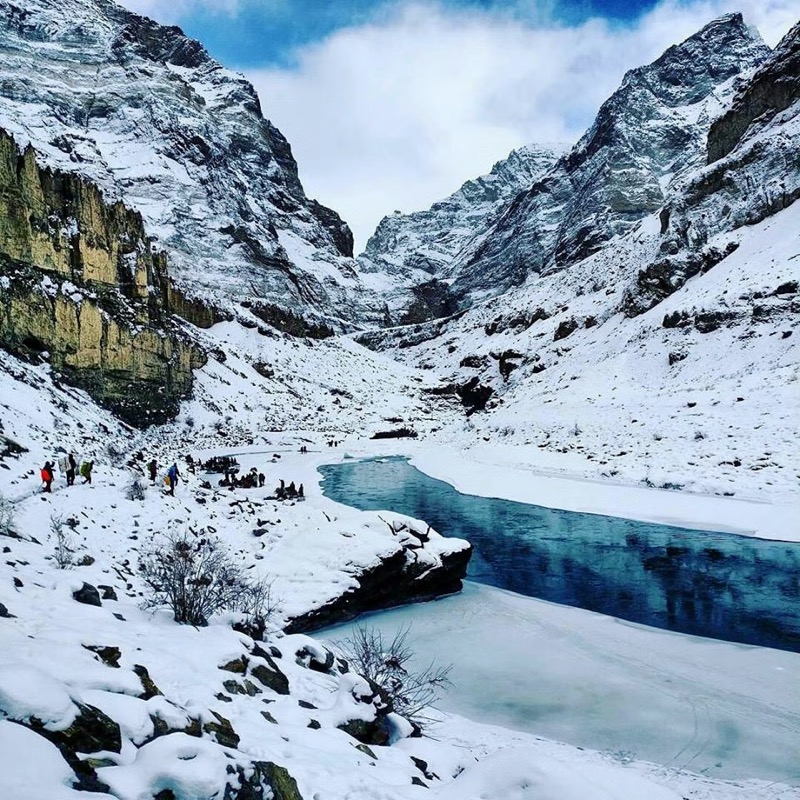
Physical Fitness
The Chadar Trek necessitates more than a passing interest in physical fitness; it necessitates a robust and well-conditioned body capable of enduring the harsh rigors of the frozen wilderness. The challenging terrain of the trek, combined with the bone-chilling cold, necessitates a high level of physical endurance.
Cardiovascular fitness is critical. To improve your stamina, engage in regular aerobic exercises such as jogging, cycling, or swimming. As you navigate the frozen river and snow-covered trails, endurance training becomes an asset. Lunges, squats, and brisk walking on uneven surfaces will help you prepare your legs for the trek’s challenges.
Flexibility is also essential. Incorporate yoga or stretching exercises to increase your body’s flexibility, which will help you navigate the uneven and occasionally slippery paths with ease. Core strength is your securing force; planks, sit-ups, and other core exercises will fortify your body against the strenuous journey.
Remember that the Chadar Trek is not a race, but rather a test of endurance. The more fit you are, the more you will enjoy the journey. Concentrate on a holistic fitness approach; nourish your body, and it will carry you through the frozen expanse with tenacity and determination. Physical preparation not only ensures your safety but also improves the overall experience, allowing you to fully immerse yourself in the wonders of this icy adventure.
Guided Trek
Under the guidance of seasoned experts, embarking on the Chadar Trek transforms an adventurous outing into a safe and enriching expedition. Choosing a guided trek not only ensures your safety but also enhances the overall experience, allowing you to delve deeper into the nuances of this one-of-a-kind adventure.
Expert guides bring a wealth of knowledge about the region that is invaluable. They are intimately familiar with the terrain, weather patterns, and subtle intricacies of the Zanskar River, and can provide critical insights that will enhance your trekking adventure. Their knowledge allows you to concentrate solely on the experience, removing the burden of navigation and logistics.
A guided trek also includes a dedicated support team. These unsung heroes manage the campsite setup, prepare nutritious meals, and handle emergency situations with poise. Their presence ensures that you can focus on taking in the breathtaking scenery rather than worrying about the logistics of the trek.
Guided treks also foster a sense of community among trekkers. Sharing your triumphs and challenges with like-minded people fosters a supportive community, enriching your journey with shared experiences and stories. A guided Chadar Trek is more than just a tour; it’s an opportunity to tap into the collective wisdom of experienced guides, ensuring your safety, expanding your knowledge of the region, and ultimately making your expedition an unforgettable and seamless adventure.
Acclimatization
The high-altitude terrain of Ladakh, where the Chadar Trek unfolds its frozen wonders, necessitates a profound respect for nature. Acclimatization, or gradually adjusting to lower oxygen levels at higher altitudes, is not just a precaution but a must before embarking on this difficult trek.
Before beginning your trek, spend at least a couple of days in Leh, the region’s main town. This period is critical for acclimatization, allowing your body to adjust to the thin mountain air. It’s an opportunity to learn about the local culture, sample Ladakhi cuisine, and let your body adjust naturally. Engage in light activities during this time. Gentle walks and short hikes expose your body to subtle changes in oxygen levels, preparing you for the more difficult journey ahead.
Hydration is essential; drink plenty of water and herbal teas to stay hydrated and help your body cope with the arid mountain environment. Acclimatization is more than just a formality; it is your body’s way of preparing for the challenges ahead. Rushing through this process can result in altitude sickness, which can negatively impact your trekking experience.
Accept the slow pace of acclimatization, giving your body the time it needs to adjust. It’s more than just physical preparation; it’s a ritual that honors the mountains’ ancient rhythms, ensuring a safer and more enjoyable Chadar Trek.
Photography
The Chadar Trek is more than just an expedition; it’s a work of visual poetry written in snow and ice, providing photographers with an unparalleled canvas. This frozen wonderland offers captivating opportunities for photographers. Consider your camera a passport to capturing the raw essence of Ladakh’s winter landscape as you embark on this adventure. Every moment is a potential masterpiece, from the early morning sun casting a golden glow on snow-capped peaks to the ethereal play of light and shadow on the frozen river and the vibrant hues of traditional Ladakhi attire against the pristine white backdrop.
Pack your camera with high-quality lenses designed for low-light conditions and extreme cold to capture the nuances of this fascinating environment.
Remember to strike a balance between capturing and living memories. While photography is a powerful tool for freezing moments in time, don’t forget to put your camera down every now and then. Allow yourself to be fully present, absorbing the Himalayas’ silent grandeur, the rhythmic crunch of your boots on the snow, and the warmth of the local hospitality.
Respect the privacy of the Ladakhi people; always seek permission before photographing them, valuing cultural exchange as much as visual beauty. Allow your camera to be your storytelling partner, weaving a narrative of your Chadar Trek experience. Capture not only the icy landscapes, but also the spirit of resilience, the warmth of human connections, and the profound sense of loss through your lens.
Safety First
One principle reigns supreme in the heart of Ladakh’s frozen wilderness, where the very essence of adventure meets nature’s raw grandeur: safety above all else. With its icy expanse and unpredictable conditions, the Chadar Trek necessitates an unwavering commitment to safety protocols.
Your guides, with their intimate knowledge of the terrain and weather patterns, are your protectors in this icy realm. Pay close attention to their advice, because their knowledge will guide you through this icy maze. Their knowledge ensures your trek remains safe, from identifying stable paths on the frozen river to anticipating potential hazards.
Being aware of your own limitations is also critical. Respect your body’s signals and adapt at its own pace. Keep an eye out for signs of frostbite and hypothermia and take preventative measures. Stay hydrated and well-nourished; adequately fueling your body is not only a comfort but a safety requirement in extreme cold.
In addition, use the buddy system. Trek in pairs or groups, keeping an eye out for one another. The collective vigilance of your fellow trekkers significantly improves safety. Respect the natural environment and stay within designated trekking areas, avoiding unknown or dangerous paths.
In the unpredictable world of the Chadar Trek, safety is a shared responsibility, not a compromise. By putting your safety first and respecting your guides’ knowledge, you not only protect your own journey but also help foster the culture of safety that defines this incredible adventure. Remember that in the face of nature’s formidable challenges, your safety preparations are the most important piece of equipment you have.
Follow Local Customs
The Chadar Trek takes you through the frozen landscapes of Ladakh, into a world where ancient traditions and modern adventures coexist peacefully. Respecting and embracing local customs is more than just politeness; it’s a gateway to a richer, more enriching cultural experience.
With their warm smiles and unrivaled hospitality, the Ladakhi people have preserved their unique way of life for generations. Embrace their traditions, whether it’s savoring traditional cuisine, taking part in local festivities, or learning a few Ladakhi phrases. Such acts not only bridge cultural divides but also foster genuine connections, making your journey more meaningful.
When interacting with the local communities, dress modestly and appropriately. Ladakhis value their traditional attire and customs; by reflecting their esteem, you honor their heritage.
Before photographing people or their homes, obtain permission first. The Ladakhi landscape is more than just a backdrop; it is their home, and their privacy must be respected.
Engage in conversations, learn about their culture, and express your appreciation for their hospitality. By immersing yourself in local customs, you become a participant in Ladakh’s rich cultural tapestry rather than a spectator. Remember, the Chadar Trek is more than just crossing a frozen river; it’s an opportunity to immerse yourself in the soul of Ladakh, one respectful interaction at a time.
Conclusion
The Chadar Trek, located in the heart of Ladakh’s frozen wilderness, is a testament to human resilience, natural beauty, and cultural richness. This extraordinary expedition is more than just a physical journey; it is a profound experience that tests your limits, broadens your horizons, and deeply connects you with nature and humanity. The icy expanse of the Zanskar River leaves an indelible mark on the soul as it echoes with the footsteps of adventurers. The lessons of preparedness, camaraderie, and environmental stewardship learned extend far beyond the frozen trails.
The Chadar Trek is a transformative odyssey that reminds us of our endurance, adaptability, and responsibility to maintain the delicate balance between human exploration and environmental preservation. Whether you’re drawn to the Chadar Trek by the breathtaking landscapes, the cultural tapestry of Ladakh, or the sheer thrill of the adventure, it’s more than just a challenging expedition; it’s a profound opportunity to discover the depths of your own strength and the beauty of the world around you.
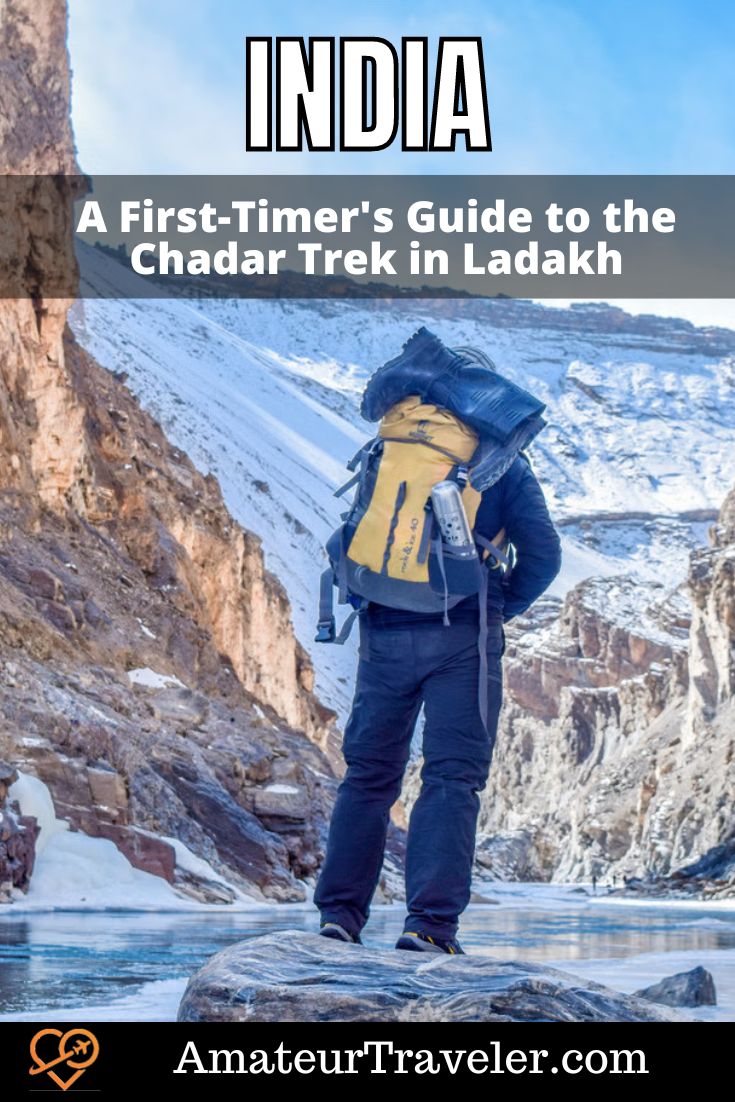

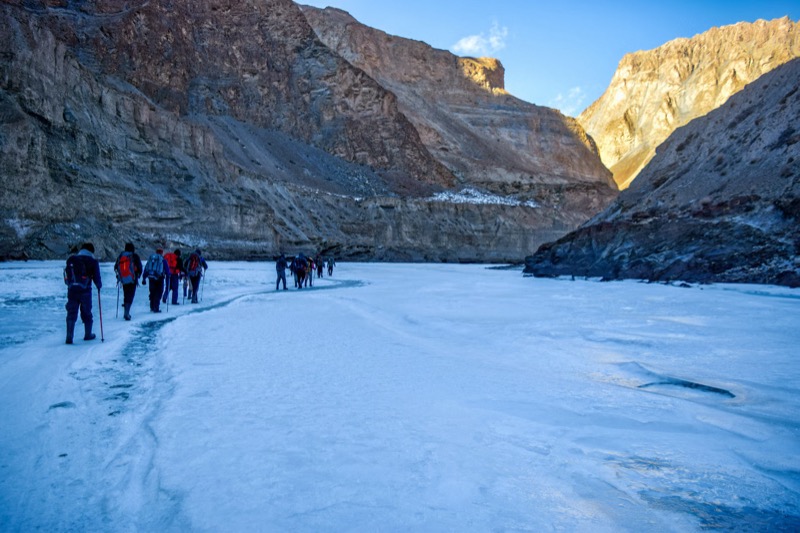

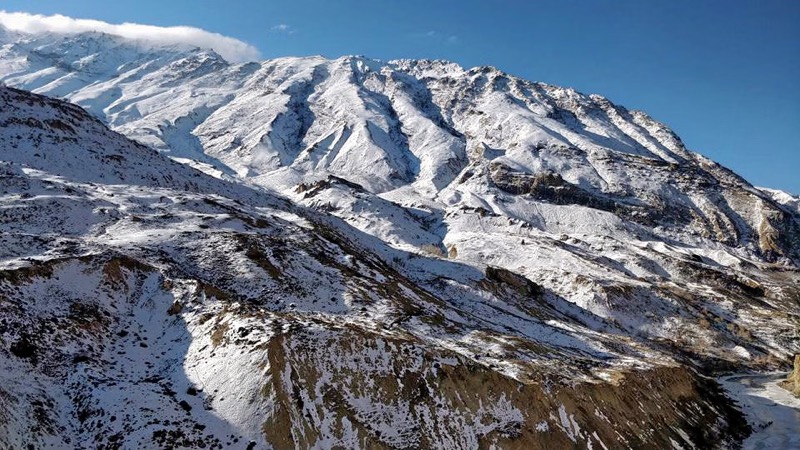
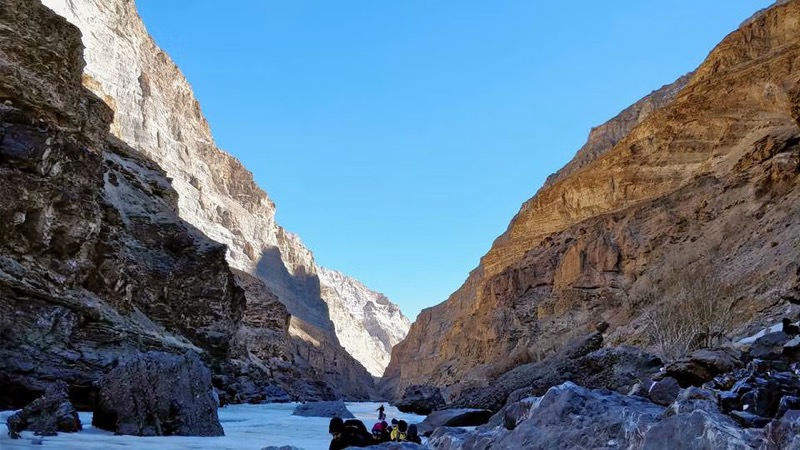
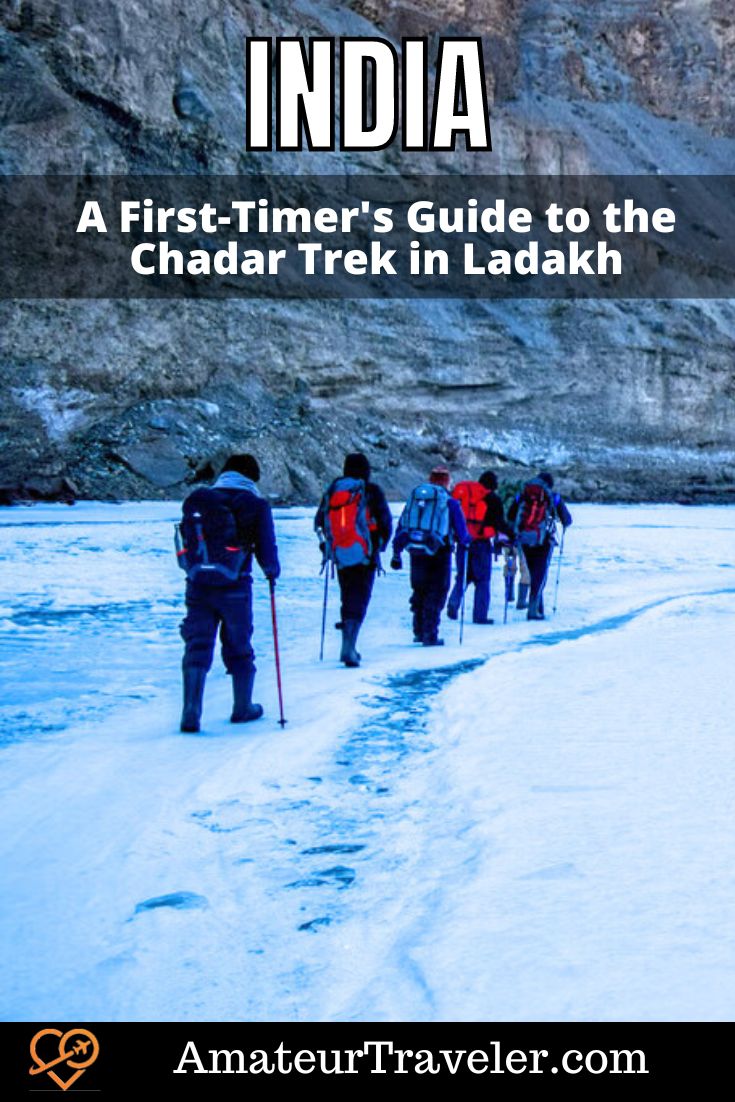
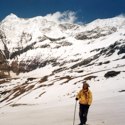 Roopkund Trek: My Himalayan Death Trek – India
Roopkund Trek: My Himalayan Death Trek – India Travel to Ladakh and Kashmir India – Episode 780
Travel to Ladakh and Kashmir India – Episode 780 Best Treks in India – North East India
Best Treks in India – North East India Guide to Jaipur: The Iconic “Pink City” of India – Stunning Palaces, Vibrant Culture, and Delectable Cuisine
Guide to Jaipur: The Iconic “Pink City” of India – Stunning Palaces, Vibrant Culture, and Delectable Cuisine
